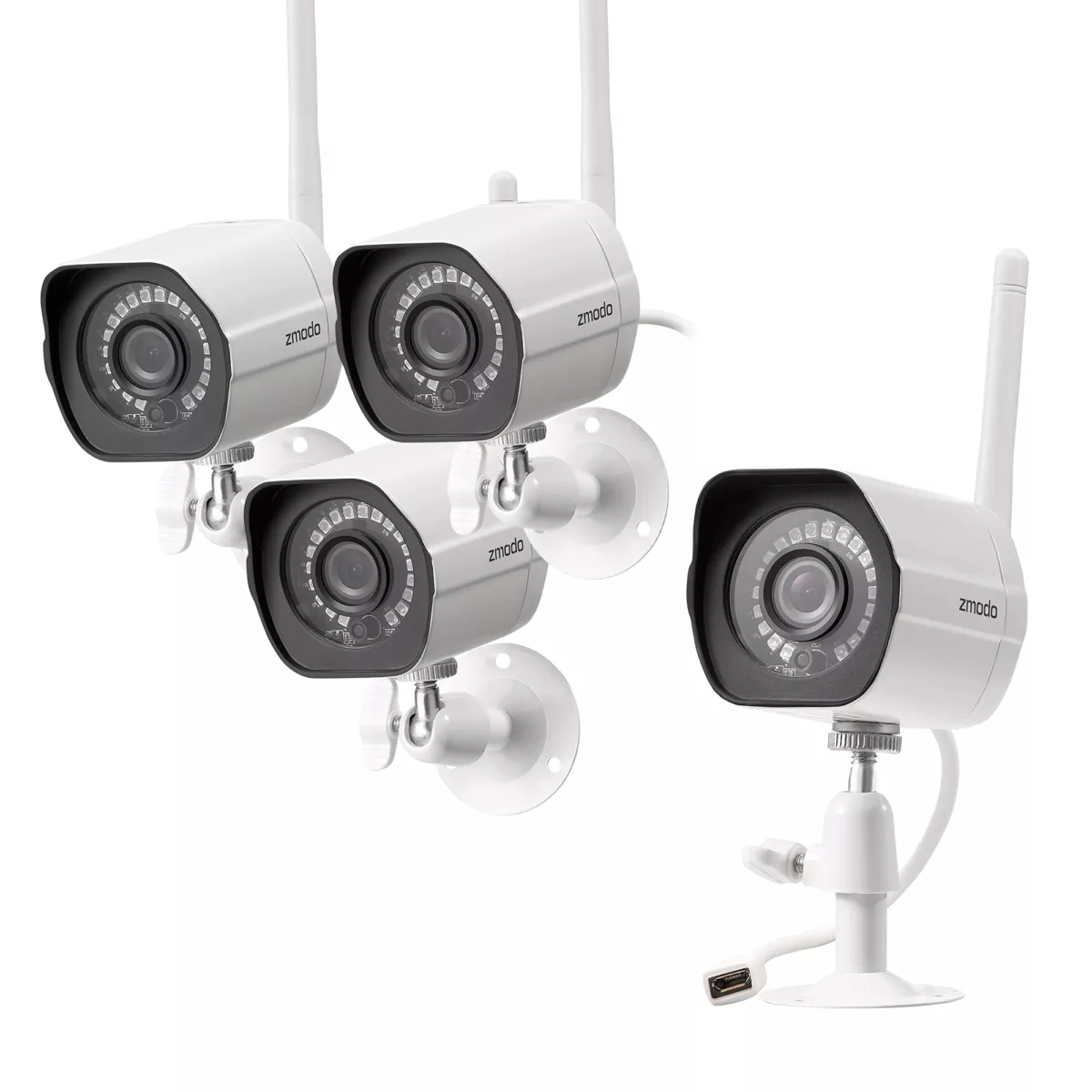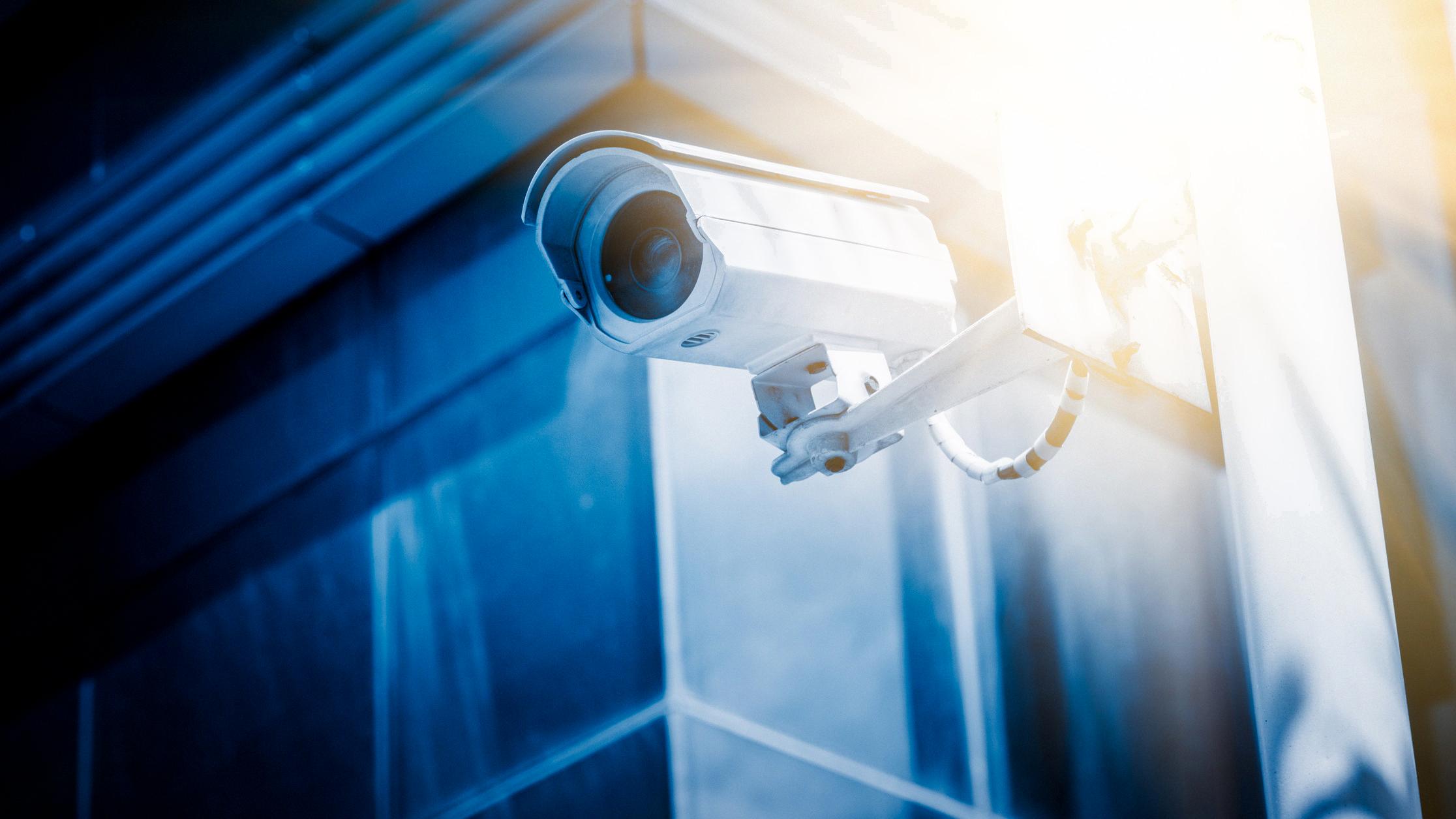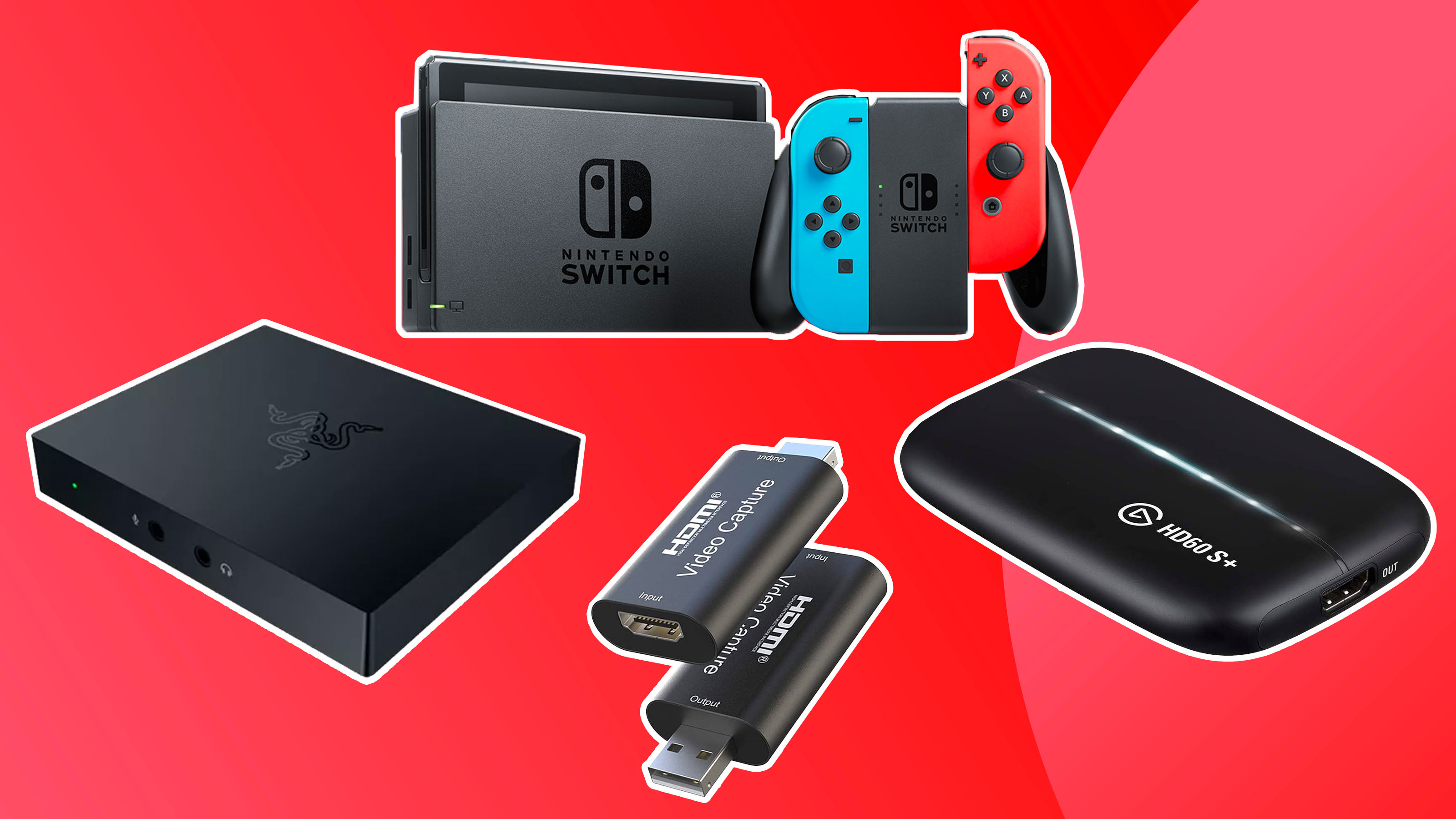Security cameras have become a crucial part of our modern world, providing an extra layer of safety and security for both homes and businesses. However, one of the biggest concerns when it comes to security cameras is the amount of bandwidth they consume. This is where low bandwidth security cameras come into play. In this article, we will explore the benefits of low-bandwidth security cameras and how they can help you achieve your security goals without compromising your internet speed.
Firstly, let’s start with the basics. Bandwidth refers to the amount of data that can be transmitted over a network at any given time. The higher the bandwidth, the more data can be transmitted in a shorter amount of time. This is why high bandwidth security cameras are often preferred, as they provide high-quality video footage with minimal lag or delay. However, this also means that they consume a lot of internet bandwidth, which can be a problem for those with limited internet plans or slow internet speeds.
Low-bandwidth security cameras, on the other hand, are designed to consume less internet bandwidth without compromising on video quality. This is achieved through various techniques such as using efficient video codecs, reducing the frame rate, and adjusting the resolution based on the needs of the user. By using these techniques, low-bandwidth security cameras can provide high-quality video footage while consuming significantly less internet bandwidth.
One of the biggest benefits of low-bandwidth security cameras is their affordability. As they consume less internet bandwidth, they are often cheaper to operate than high-bandwidth security cameras. This makes them an ideal choice for those on a budget or those with limited internet plans.
Another benefit of low-bandwidth security cameras is their versatility. They can be used in a wide range of settings, from homes and businesses to public areas such as parks and streets. Their low bandwidth consumption also makes them ideal for remote areas where internet connectivity is limited.
Furthermore, low-bandwidth security cameras are also more environmentally friendly than high-bandwidth security cameras. As they consume less internet bandwidth, they require less energy to operate, resulting in lower carbon emissions and a reduced carbon footprint.
Low-bandwidth security cameras are an excellent choice for those who want to achieve their security goals without compromising their internet speed. They are affordable, versatile, and environmentally friendly, making them an ideal choice for both homes and businesses. With their ability to provide high-quality video footage while consuming significantly less internet bandwidth, they are a must-have for anyone looking to enhance their security setup without breaking the bank.

Estimating Bandwidth Requirements for Security Cameras
The bandwidth required for security cameras can vary depending on the type of camera being used. Some cameras consume as little as 5 Kbps in steady-state, while others can consume up to 6 Mbps or more. The average bandwidth consumption for an IP cloud camera is around 1-2 Mbps, assuming 1080p resolution using the H.264 codec at 6-10fps. Hybrid cloud cameras, on the other hand, typically require much less bandwidth, ranging from 5-50 Kbps in steady-state.
To summarize, the amount of bandwidth needed for security cameras depends on the type of camera and its specifications. It is important to consider the bandwidth requirements when choosing a camera and setting up a security system.

Reducing Bandwidth on a Camera
To reduce the bandwidth usage on your camera, there are several tips you can follow. Firstly, choose the H.264 video compression standard, which is known for its high compression ratio and low bandwidth usage. Secondly, use the right resolution that meets your needs. Higher resolutions consume more bandwidth, so choose a lower resolution if it suffices. Thirdly, lower the frames per second (FPS) in your camera settings. A lower FPS reduces the amount of data transmitted and hence reduces the bandwidth usage. Fourthly, set up motion detection recording so that the camera only records when it detects motion, rather than continuously recording. This can save a lot of bandwidth. Finally, consider using wide-angle PTZ cameras to reduce the number of cameras needed. These cameras can cover a wider area and reduce overall bandwidth usage. By following these tips, you can effectively reduce the bandwidth usage on your camera.
Impact of Security Cameras on Internet Speed
Security cameras themselves do not slow down the internet. They only use the internet when they are accessed remotely, either through a computer or mobile device. This means that if you are only using the cameras for local recording and playback, they will have no impact on your internet speed. However, if you want to remotely access your security cameras, the internet bandwidth required for this can impact your internet speed. It is important to note that the impact on internet speed will depend on the number of cameras you have, the quality of the video being streamed, and the upload speed of your internet connection. Therefore, it is recommended to check the internet bandwidth required for remote viewing and ensure that your internet connection can handle the required bandwidth to prevent any slowing down of your internet speed.
The Impact of Bandwidth on Camera Quality
Bandwidth does affect camera quality because it directly impacts the amount of data that can be transmitted from the camera to the receiver. The higher the bandwidth, the more data can be transmitted, resulting in better image and video quality. This is especially important for high-resolution cameras that capture detailed images and videos. However, it’s important to note that the required bandwidth can vary based on the specific camera and its settings, such as resolution and frame rate. Insufficient bandwidth can result in poor video quality, dropped frames, and other transmission issues. Therefore, it’s crucial to ensure that the available bandwidth is sufficient for the camera’s needs to maintain high-quality video and reliable transmission.
Conclusion
Low-bandwidth security cameras are an excellent option for those who require reliable video surveillance without sacrificing their internet speed. With careful selection of the right resolution, frames per second, and motion detection settings, the bandwidth consumption of an IP cloud camera can be significantly reduced. It is also important to note that a security camera system will not slow down your network as long as you have the right amount of bandwidth and do not require remote viewing. By utilizing wide-angle PTZ security cameras and reducing the number of cameras needed, you can further optimize your system’s performance while maintaining high-quality video and reliable transmission. low bandwidth security cameras are a cost-effective and efficient solution for those in need of video surveillance without compromising their internet speed.








